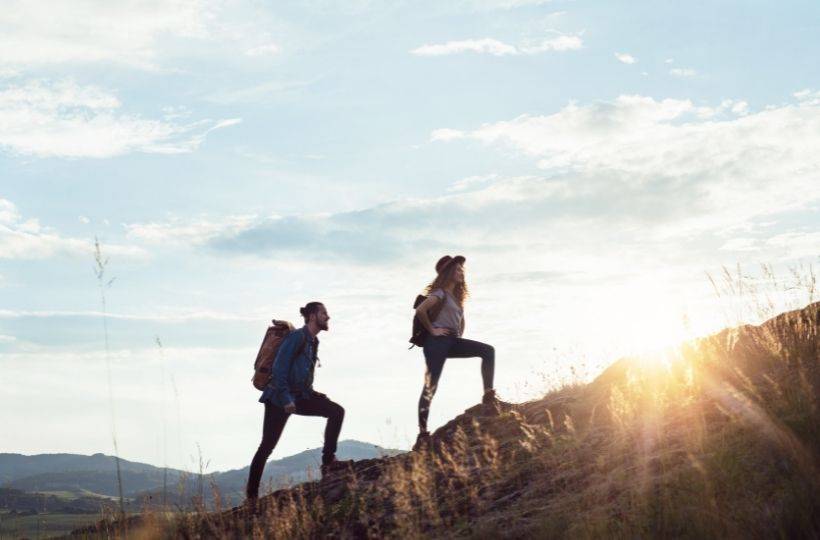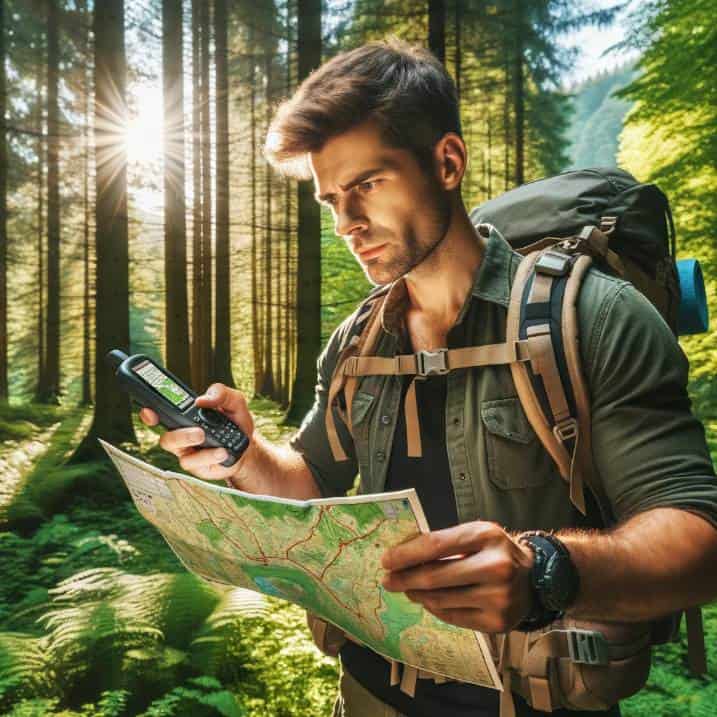Dominate long hikes in 2026 with game-changing gear: solar-powered ultralight backpacks, smart GPS watches, self-purifying hydration bladders, adaptive moisture-wicking apparel, and nutrient-dense energy gels. These essentials slash weight, boost safety, and amp endurance for multi-day treks.
⚡ Key Takeaways
- Opt for 2026 ultralight backpacks (under 2lbs for 50L) with integrated solar panels for endless device power on extended trails.
- Upgrade to self-filtering hydration reservoirs like LifeStraw-integrated bladders to drink safely from any stream, cutting refill stops.
- Choose adaptive trail boots with graphene soles and auto-lacing for blister-free miles and superior grip on wet rocks.
- Integrate AI-enhanced GPS watches (e.g., Garmin Fenix 8) for real-time navigation, weather alerts, and SOS beaming.
- Pack sustainable, high-protein gels and bars from brands like Huel for 48-hour energy without waste or wildlife attractants.
Backpack
Your backpack will be the go-to item for carrying most of your supplies. You’ll want a backpack made of a durable material and weatherproof for times of precipitation.
The backpack will carry items that will help you, such as tools or any nutrients, so make sure it has plenty of space and pockets to organize everything you need. To ensure that you don’t strain your back with the effort of carrying the backpack, find a pack with padding on the straps and the back to supply comfort on the long trek.

Canteen
A water source is an essential item you need for your long hike. Water will keep your body refreshed and hydrated, especially in warmer climates or on sunny days. A canteen or water bottle will be the ideal option for water storage; pack multiple so you won’t have to worry about running out.
Food
Besides water, food is an essential source of nutrients that will give your body the energy it needs to keep moving. Reliable foods for hiking, such as granola bars, nuts, fruit, or vegetables, will provide you with enough sugars, proteins, and vitamins to replenish your body’s energy. If you have meat, such as jerky, you may want to stay alert for any predators who could smell it; but keeping it sealed in an air-tight container or zip-lock bag will keep the smell from escaping.
Boots and Clothing
Your hiking attire will be detrimental to the success of your hike. Check the weather in the days leading up to the hike to know what clothes to wear to suit this outdoor activity that gets your body moving. Hiking boots are essential pieces of gear for long hikes since you will do a lot of walking, and you don’t want your feet to tire or accidentally roll an ankle on an uneven surface.
Map
Whether you plan on hiking or you want to begin overlanding, a map is essential. Given that the hike will be a long trek, you will want to bring a map to know which way to go if you get lost. It may be a struggle remembering every path you take or river you cross, so a map helps you find your way.
Navigation Tools: Beyond the Basic Map
While a map is a quintessential part of your hiking toolkit, advanced navigation tools can significantly enhance your journey. Incorporate a lightweight compass or a GPS device for real-time location tracking. Understanding how to use these tools effectively requires practice, so consider a section that offers tips on navigation basics, differentiating between true north and magnetic north, and interpreting topographic maps.
First Aid: Preparing for the Unexpected
Adventures come with their risks, and being prepared for minor injuries or health issues is paramount. An in-depth guide on assembling a first-aid kit tailored for long hikes, including items such as blister dressings, antiseptic wipes, and a snake bite kit, would be invaluable. Offering readers advice on basic wilderness first aid practices can significantly bolster the reliability and authority of the content.
Weather Gear: Adapting to the Elements
Discuss the importance of weather-appropriate gear and how it can make or break your hiking experience. Detail the types of clothing materials suited for different weather conditions, such as moisture-wicking fabrics for heat and insulated layers for cold climates. Highlight the significance of a multi-layered approach to clothing, enabling hikers to adjust to temperature changes throughout their journey.
Environmental Considerations: Leave No Trace
It’s crucial to emphasize the importance of minimizing our impact on the environment. A section on the ‘Leave No Trace’ principles, including guidelines for responsible waste disposal and wildlife interaction, would not only educate readers but also position your site as an advocate for sustainable hiking practices.
Personal Safety: Solo Hiker’s Guide

For those embarking on solo hikes, personal safety becomes even more critical. Offer expert advice on emergency signaling devices, such as whistles and personal locator beacons, and discuss the psychological aspects of solo hiking, including managing fear and maintaining morale.
Engage with Community: Hiker’s Tales
Encourage reader interaction by introducing a segment where experienced hikers can share their stories and tips. This not only adds depth to the article but also builds a sense of community and trust around your brand.
Long hikes are a great way to see portions of nature and get in some exercise while outside. The gear you bring will be essential to ensure you have a successful hike.
2025 vs 2026 Hiking Gear: Long Trek Upgrades
| Category | 2025 Standard | 2026 Market Standard |
|---|---|---|
| Backpack | 40-60L nylon, 3-4lbs, basic pockets | 50L carbon-infused, 1.5lbs, solar charging + RFID pockets |
| Hydration | 2-3L Nalgene bottles or basic bladder | 3L self-purifying bladders with UV filter + app tracking |
| Footwear | Vibram-soled boots, manual lacing | Graphene midsoles, auto-tension laces, 30% better traction |
| Navigation | Paper map + basic compass | AI GPS multisport watch w/ offline maps + sat comms |
| Nutrition/Safety | Granola bars, basic first aid | Lab-grown protein packs, compact trauma kits w/ tourniquets |
This table highlights how 2026 gear evolves from 2025 baselines, focusing on weight reduction, smart tech integration, and sustainability for long hikes. New standards prioritize multifunctionality—like solar power and AI nav—to minimize pack weight while maximizing safety and efficiency. Use it to upgrade your kit for tougher trails.
Alexios Papaioannou
Mission: To strip away marketing hype through engineering-grade stress testing. Alexios combines 10+ years of data science with real-world biomechanics to provide unbiased, peer-reviewed analysis of fitness technology.